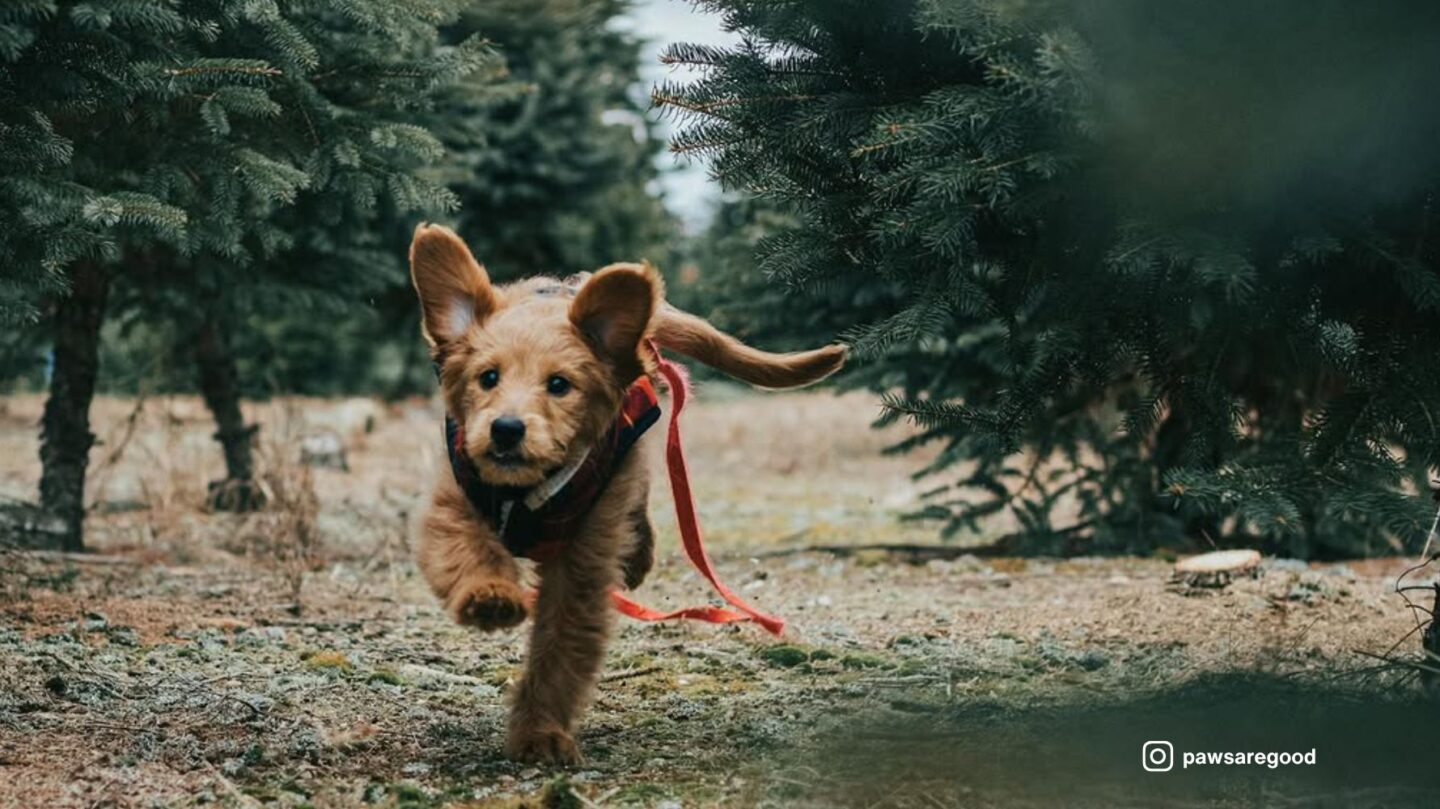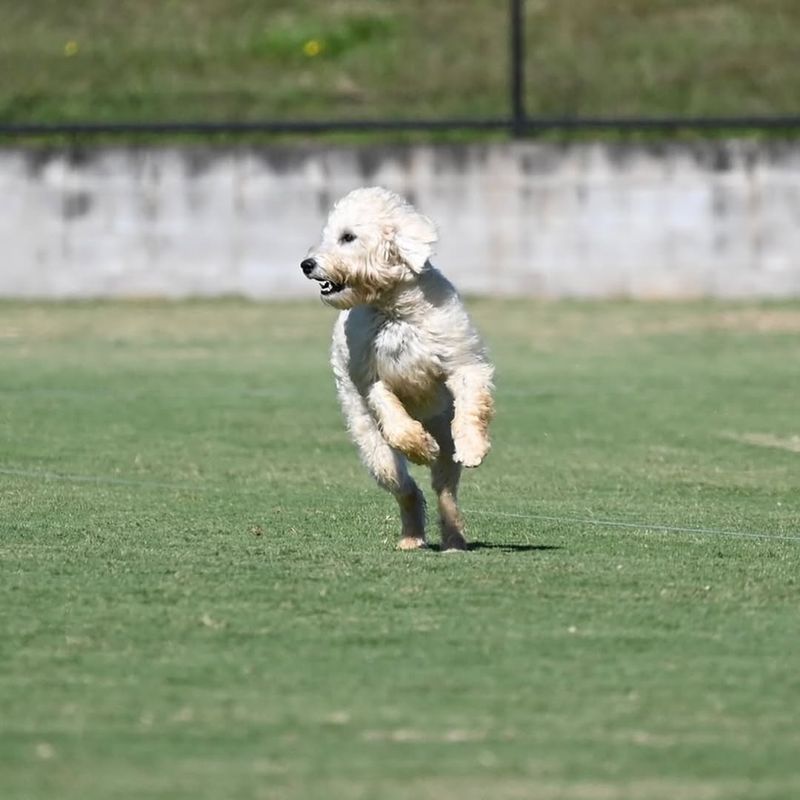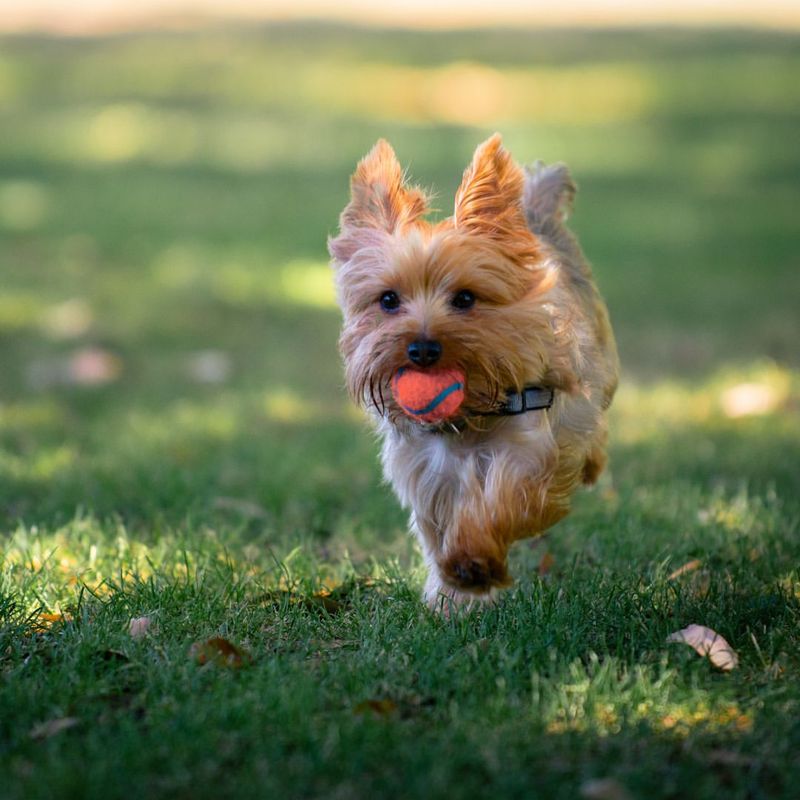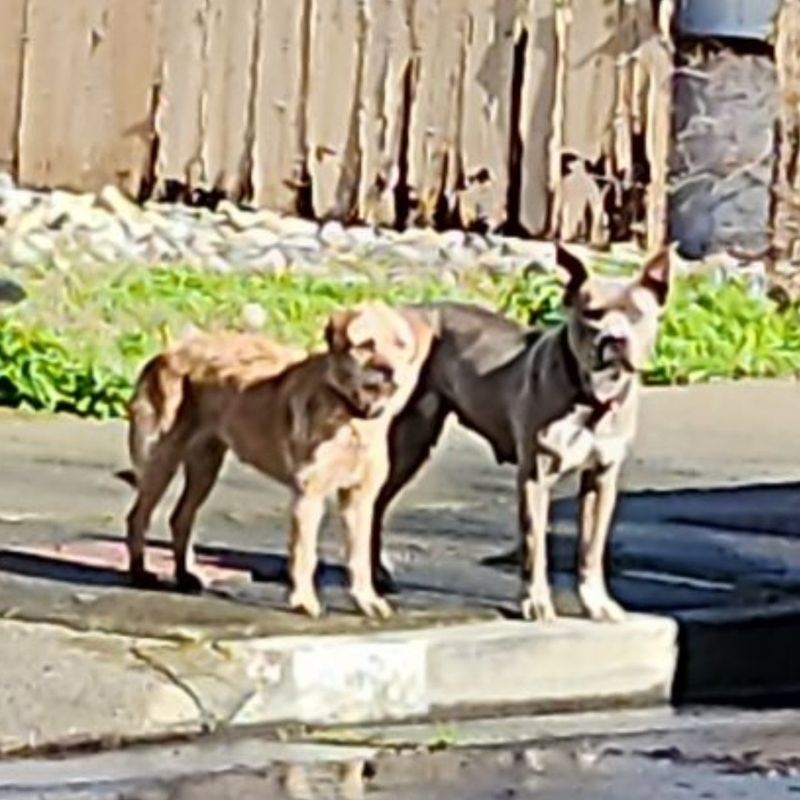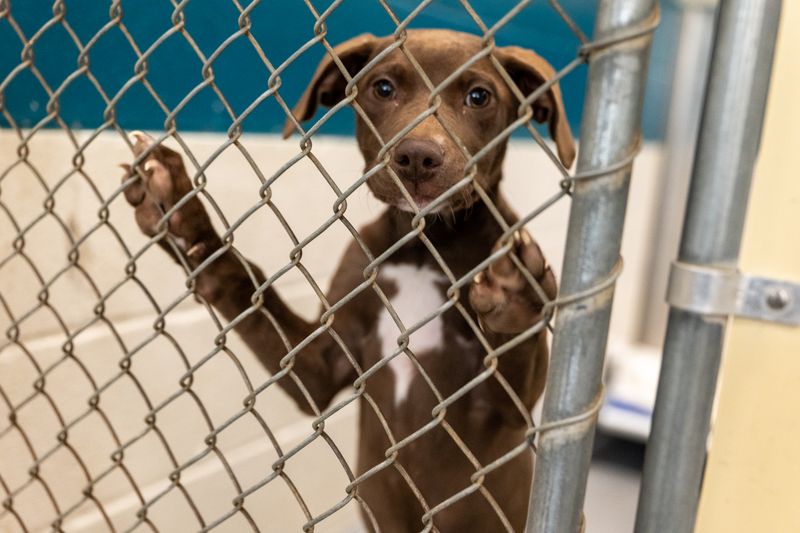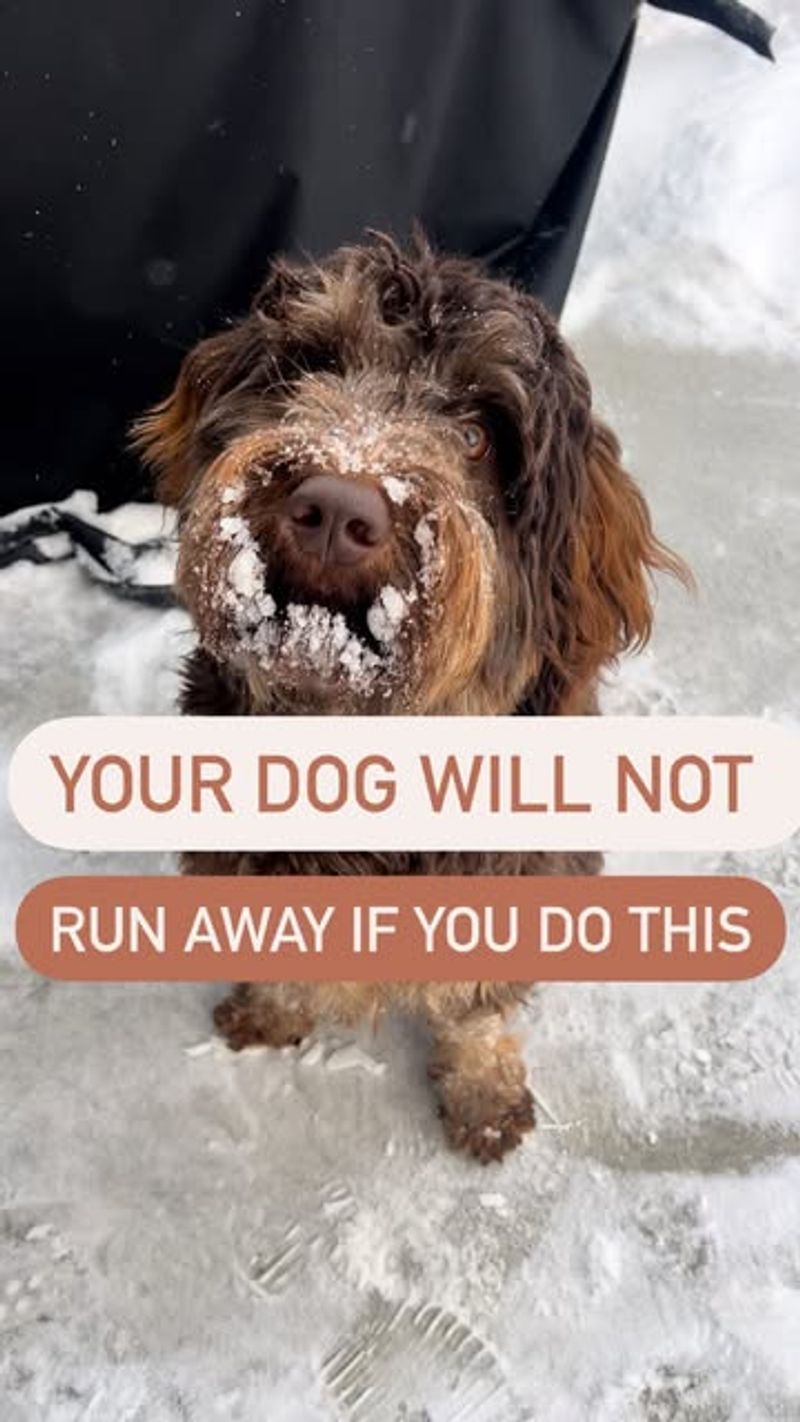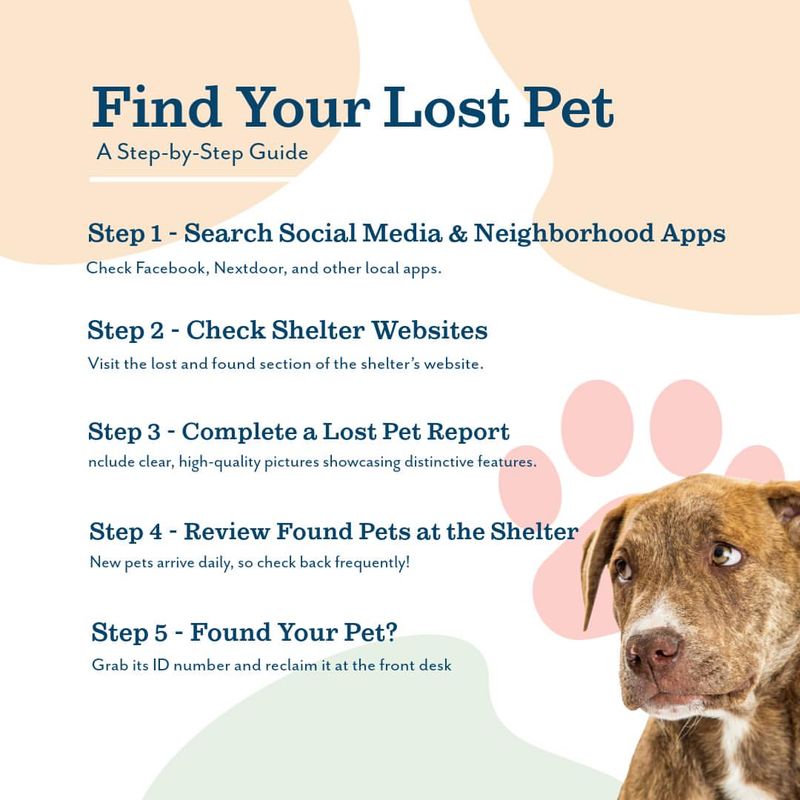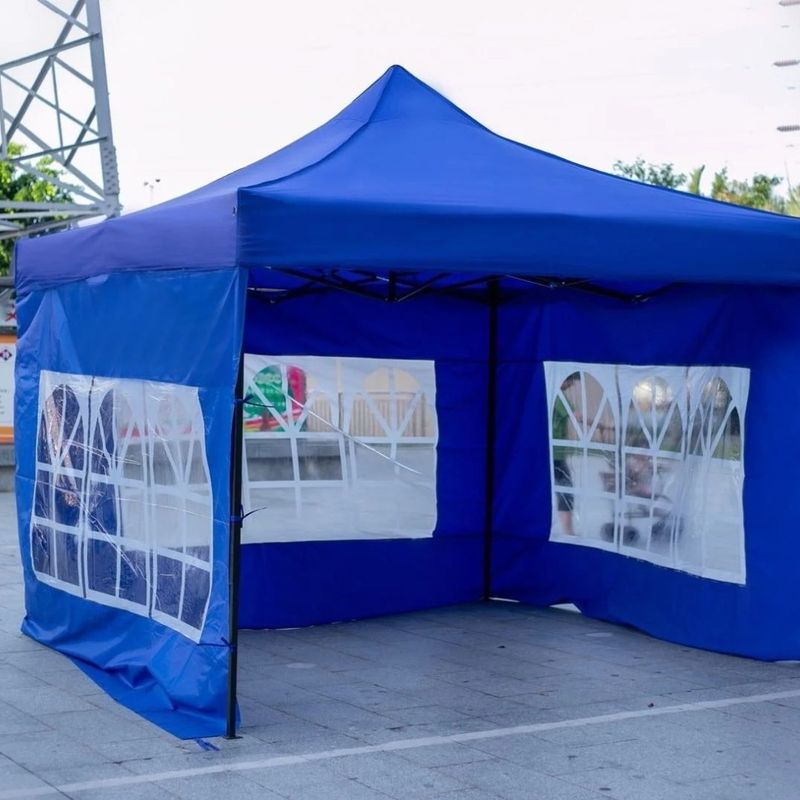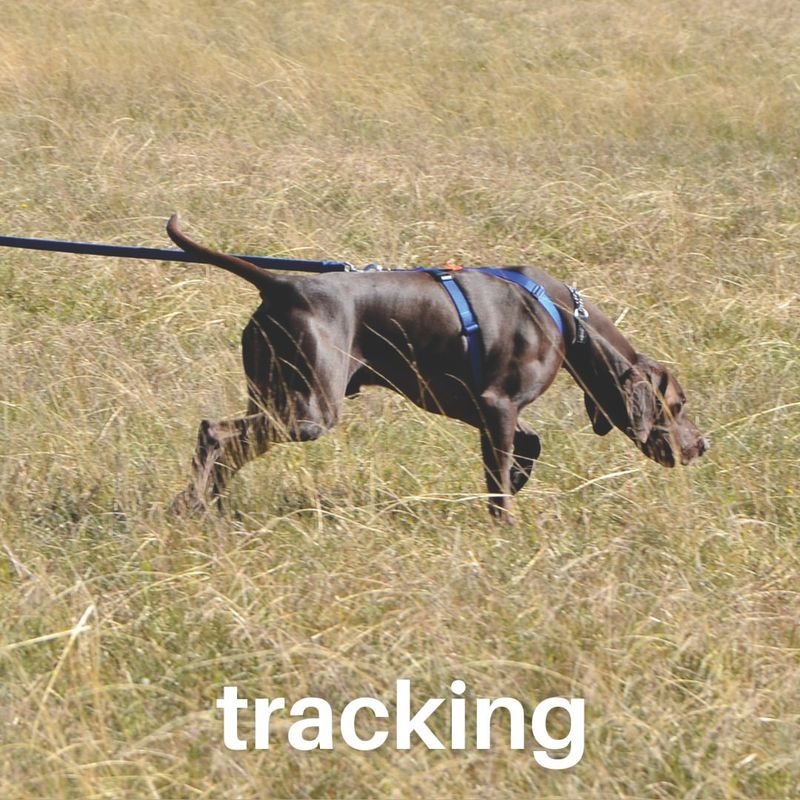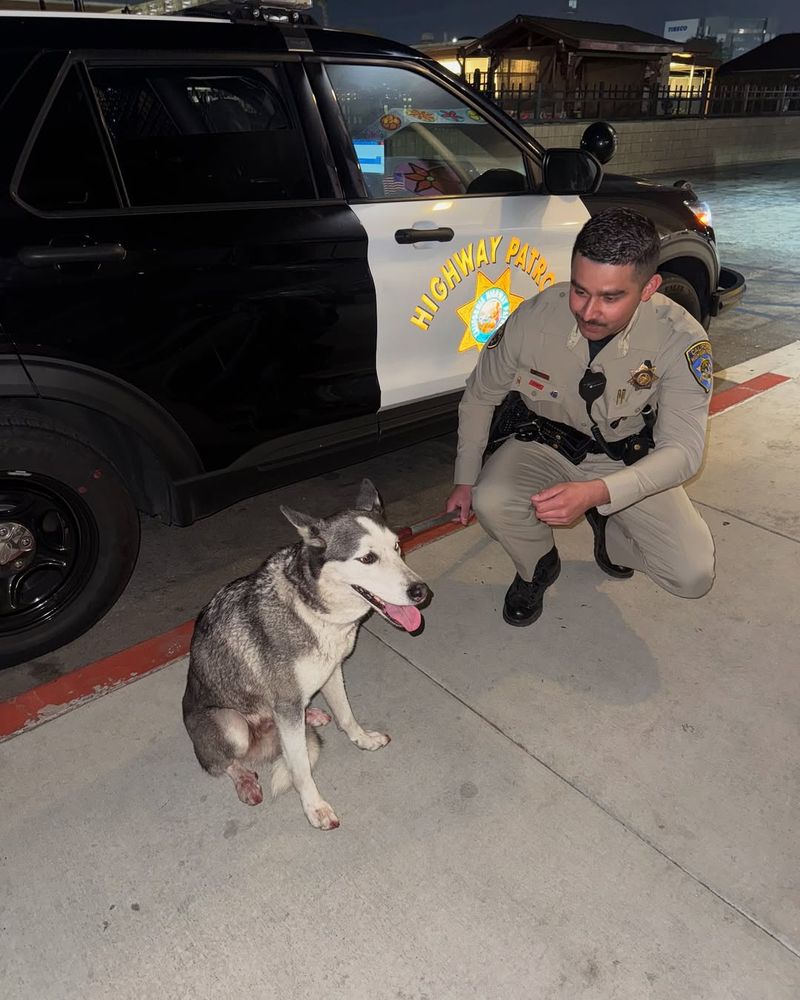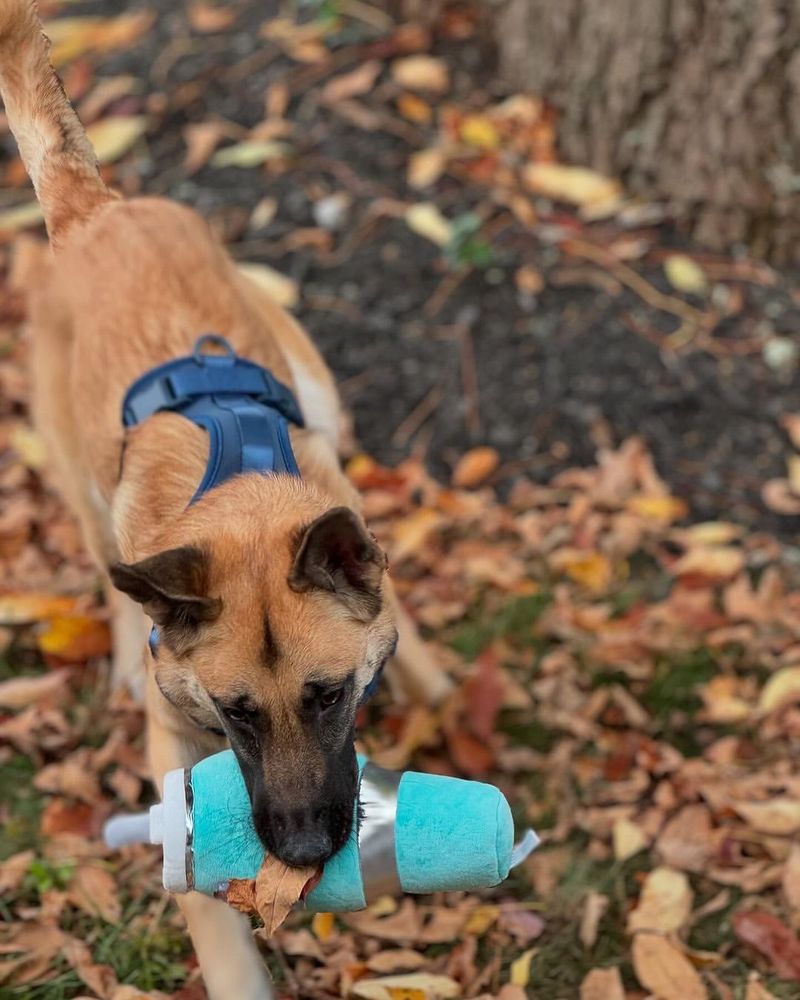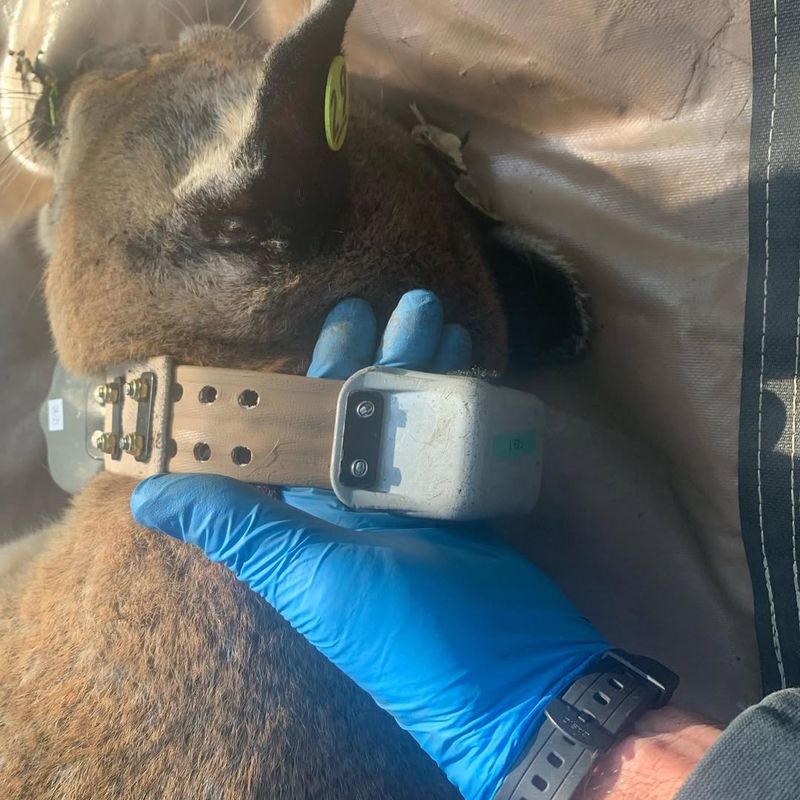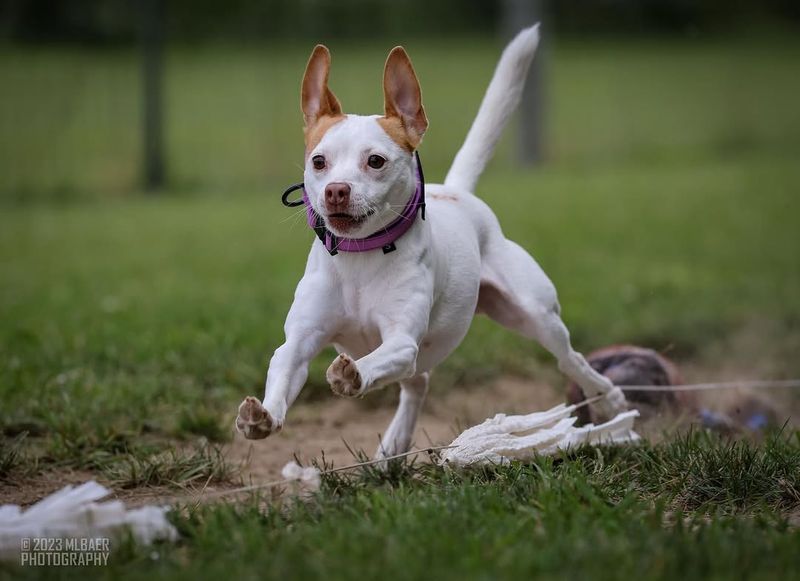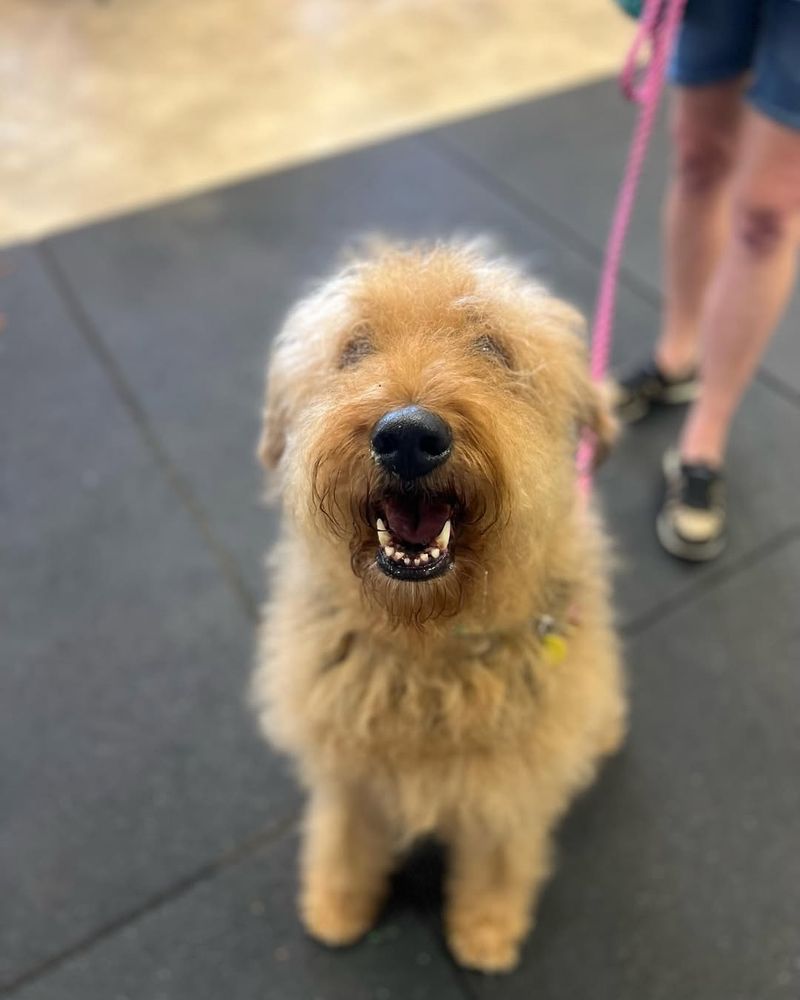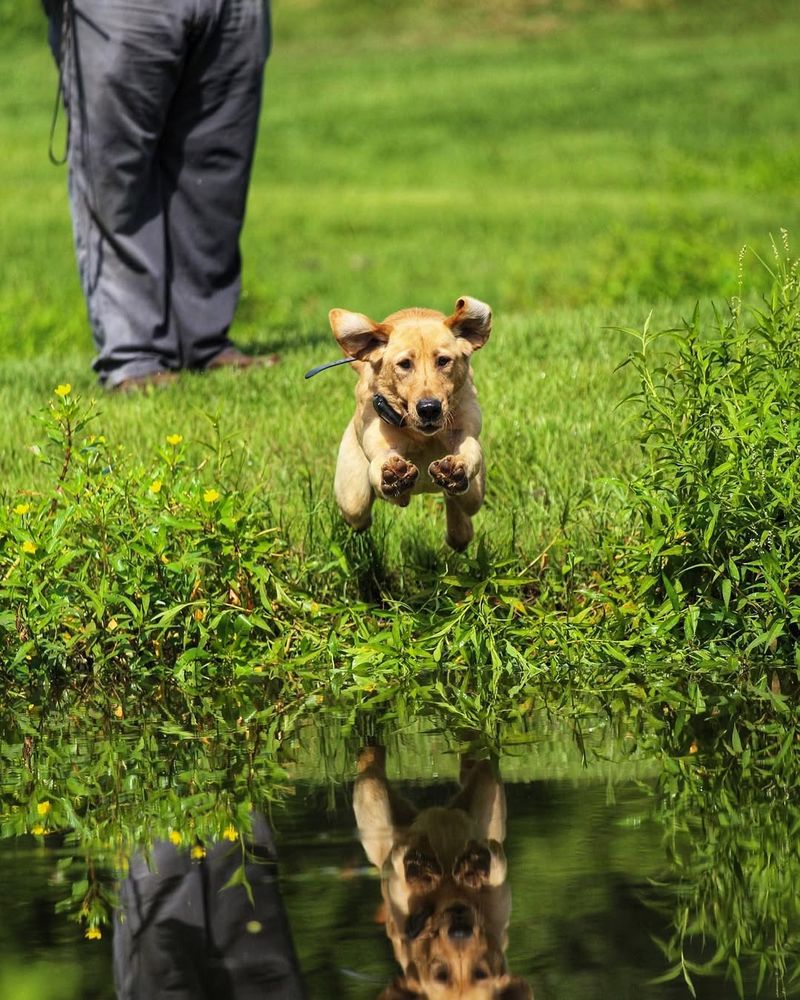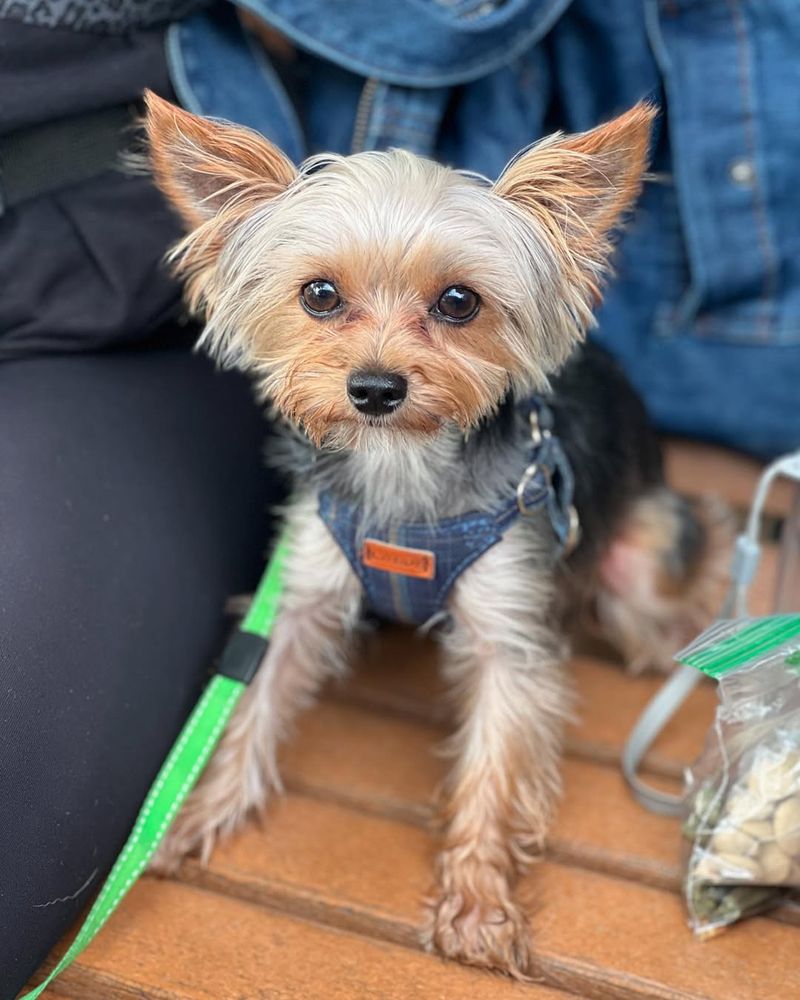Losing your dog can be a traumatic experience, especially when you consider them part of the family. Immediate action is crucial, as every minute counts when it comes to reuniting with your pet. Here are 19 essential steps you should take if your dog runs away. Each action can improve your chances of a happy reunion, so ensure you follow them carefully and adapt them to your situation.
Stay Calm and Assess the Situation
When you realize your dog is missing, your initial reaction might be panic. Take a few deep breaths and try to stay calm. Assess where you last saw your dog and the direction they might have headed. This is important to form a clear plan of action.
Panic can cloud your judgment and delay your response. Staying composed allows you to think clearly about the next steps. Consider the time and weather conditions as these can influence your search strategy. Remaining calm also helps in communicating efficiently if you need to ask neighbors or passersby for help.
Search Your Immediate Area
Begin your search in the area your dog was last seen. Walk or drive through your neighborhood, calling your dog’s name and listening for any responses. Dogs might hide or stay quiet if they are scared.
Exploring familiar spots like local parks and trails is a good idea as your dog might head to a place they know. Make sure to check under bushes, cars, and any hidden areas where they might take cover. Bringing a familiar toy or treat can entice your dog to come out if they hear or smell something recognizable.
Ask Neighbors for Assistance
Enlisting the help of your neighbors can greatly expand the search area and increase the chances of finding your dog. Knock on doors and talk to people walking by, showing them a picture of your dog.
Ask them to check their garages or any outdoor structures where your dog might have wandered into. The more eyes searching, the better. You might also leave them with your contact information in case they spot your dog after you’ve moved on. Building a network quickly can lead to valuable tips and sightings.
Create Lost Dog Posters
Design eye-catching lost dog posters with your pet’s photo, your contact information, and pertinent details such as the last known location and any unique features your dog has.
Include clear, readable fonts and consider laminating them to withstand weather conditions. Distribute them widely in your neighborhood, at local grocery stores, and community centers. Not everyone is online, so physical posters can reach a different audience. The visual appeal of your poster can make it stand out, so investing time in a quality design is worthwhile.
Utilize Social Media Platforms
Social media can significantly expand your search. Post about your lost dog on platforms like Facebook, Instagram, and Twitter. Include your dog’s photo, description, last seen location, and contact information.
Join local community groups or pet rescue pages to spread the word even further. The online community can be incredibly supportive, often sharing posts and keeping an eye out. Provide updates to keep engagement high and acknowledge those helping in the search. The more people that see your post, the better the chances of your dog being found.
Contact Local Animal Shelters
Reach out to local animal shelters and provide them with a description and photo of your missing dog. Shelters often receive stray animals, and your dog might be taken there by someone trying to help.
Ask if you can visit in person to check if your dog has been brought in. Shelters may have different intake processes, so ensure you provide your contact details for any updates. Regular follow-ups are advised as new dogs can arrive at any time. Your persistence will keep your dog’s case active in their records.
Inform Local Veterinarians
Veterinary clinics are often the first place people might take a stray dog, especially if they are injured. Drop by local vets and ask to put up your lost dog notice on their bulletin boards.
Provide them with your contact details and any distinguishing features your dog might have. Vets might also remember seeing your dog or hearing about it from a client. Keep communication open by checking in occasionally. This proactive approach ensures that even if someone finds your dog and takes them to a vet, there’s a higher chance of being notified.
Check Online Lost and Found Pet Websites
Utilize online resources specifically designed for lost and found pets. Websites like Petfinder and Lost Pet USA can help connect you with people who might have found your dog.
Create a listing with clear details and regularly check for any updates or new posts. These platforms are popular among pet owners and rescuers alike, making them a valuable resource in your search. Constantly updating your listing keeps it active and visible to those who might be looking out for lost pets in your area.
Set Up a Temporary Outdoor Shelter
Setting up a temporary shelter can attract your dog back home. Use a familiar blanket, toys, and some food to entice them to return.
Place it in a visible area in your yard or where your dog was last seen. The scent from these items can be comforting and lead your dog back to safety. Check the shelter frequently and refill food as necessary. This setup serves as a beacon for your lost dog and can be the difference between a prolonged search and a happy reunion.
Use a Scent Trail
Creating a scent trail can guide your dog back home. Use a worn piece of clothing or a favorite toy to create a trail from where your dog went missing to your home.
Drag it along the ground to leave a scent your dog can follow. Dogs have an excellent sense of smell, and this familiar scent can lead them back to you. Although time-consuming, it’s a practical method that taps into your dog’s instincts. Check periodically to see if the trail has been successful in leading your pet home.
Alert Local Authorities
Inform local authorities about your lost dog. Police and animal control officers may receive reports of stray animals or be contacted by those who find your dog.
Provide them with a photo, description, and your contact details for easy identification. Authorities might patrol areas where strays are often seen, so they can be vigilant. Although not guaranteed, this approach extends your search network. Keep in touch for updates or leads, ensuring your dog’s information is fresh in their records.
Organize a Search Party
Gather friends, family, and neighbors to form a search party. Organize a systematic search of the area, covering different zones to increase your reach.
Provide participants with recent photos and suggest using treats or toys to attract your dog. Group efforts can cover more ground and keep spirits high during the search. Regular communication among the group ensures no area is left unchecked. This collaborative approach boosts morale and enhances the efficiency of your search efforts.
Utilize Pet Tracking Devices
If your dog is wearing a GPS tracker, use the associated app to locate their position. These devices provide real-time tracking, making them invaluable in locating lost pets.
Ensure your tracker is charged and functioning properly. If you don’t have one, consider investing in such technology for future safety. Many devices also offer geofencing alerts, which inform you if your dog leaves a designated area. Utilizing technology can significantly enhance your search and provide peace of mind.
Offer a Reward
Offering a reward can motivate people to join in the search for your dog. Clearly state the reward on your posters and online posts.
While monetary rewards are common, consider offering something that might be more meaningful to your community. Ensure the terms are clear to avoid misunderstandings. Rewards can prompt more people to actively look for your dog and report sightings. This strategy creates a wider network of individuals motivated to help, increasing the chance of a successful reunion.
Check Local Roadsides
Unfortunately, some dogs might wander near roads, so it’s crucial to check alongside highways and streets in your area. Look for any signs of your dog or evidence they might have been there.
Be cautious of traffic and prioritize safety during this search. Although it can be challenging, this step ensures you’ve covered all possibilities. Consider doing this early in the morning or later at night when traffic is lighter. With diligence and care, you can thoroughly assess these areas, providing peace of mind and possibly crucial information.
Engage with Local News Outlets
Contact local news outlets to report your lost dog. Many stations and newspapers are willing to share such stories, especially if they engage the community.
Offer a compelling story that emphasizes your connection with the dog. Media coverage can reach a broad audience, spreading the word quickly. The visual and emotional appeal of your story can touch people’s hearts, prompting them to join the search. Follow up with the media for any leads they might receive, ensuring your contact information is always available.
Review Home Security Footage
If you have home security cameras, reviewing the footage can provide clues about which direction your dog went. Look for any unusual activity or paths your dog might have taken.
Neighbors with security systems might also help by allowing you to check their footage. Footage can reveal the time your dog left and any potential dangers they faced. Analyzing this data might suggest new search areas or confirm sightings. This detective work can guide your search efforts more effectively.
Utilize Community Apps
Use community apps like Nextdoor to post about your missing dog. These platforms connect you with people living nearby who might have seen your dog.
Engage with users by responding to comments and providing updates. Community apps tap into local networks, creating a buzz and increasing visibility. The more you interact with the community, the more likely they are to remember your dog and keep an eye out. This grassroot-level engagement can significantly improve your chances of finding your pet.
Be Patient and Persistent
Finding a lost dog can be a lengthy process, requiring patience and persistence. Keep your spirits up and continue following leads and updating posters.
Stay in contact with shelters, vets, and online communities, as new information can emerge suddenly. Persistence shows dedication and increases your network of support. Even when progress seems slow, maintain hope and keep searching. Your efforts might not yield immediate results, but staying committed increases the likelihood of a happy reunion. Remember, your dog depends on your determination.
